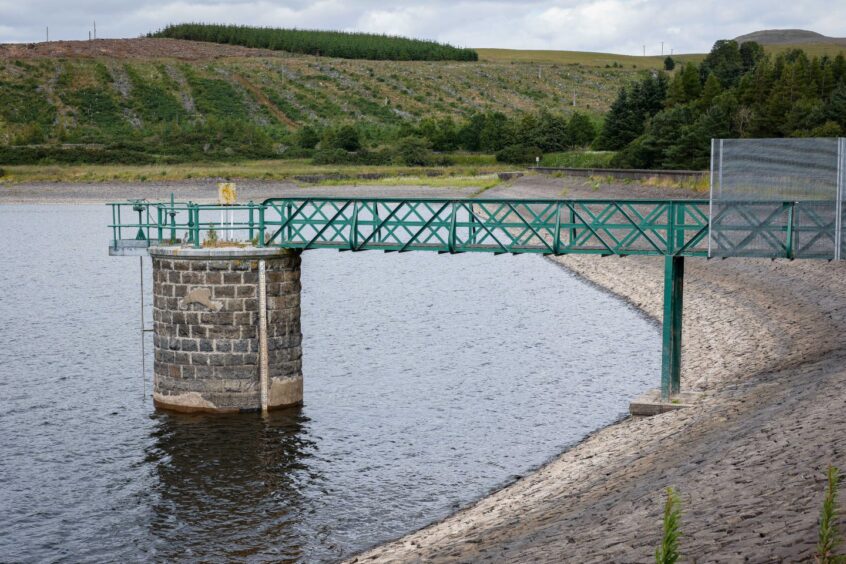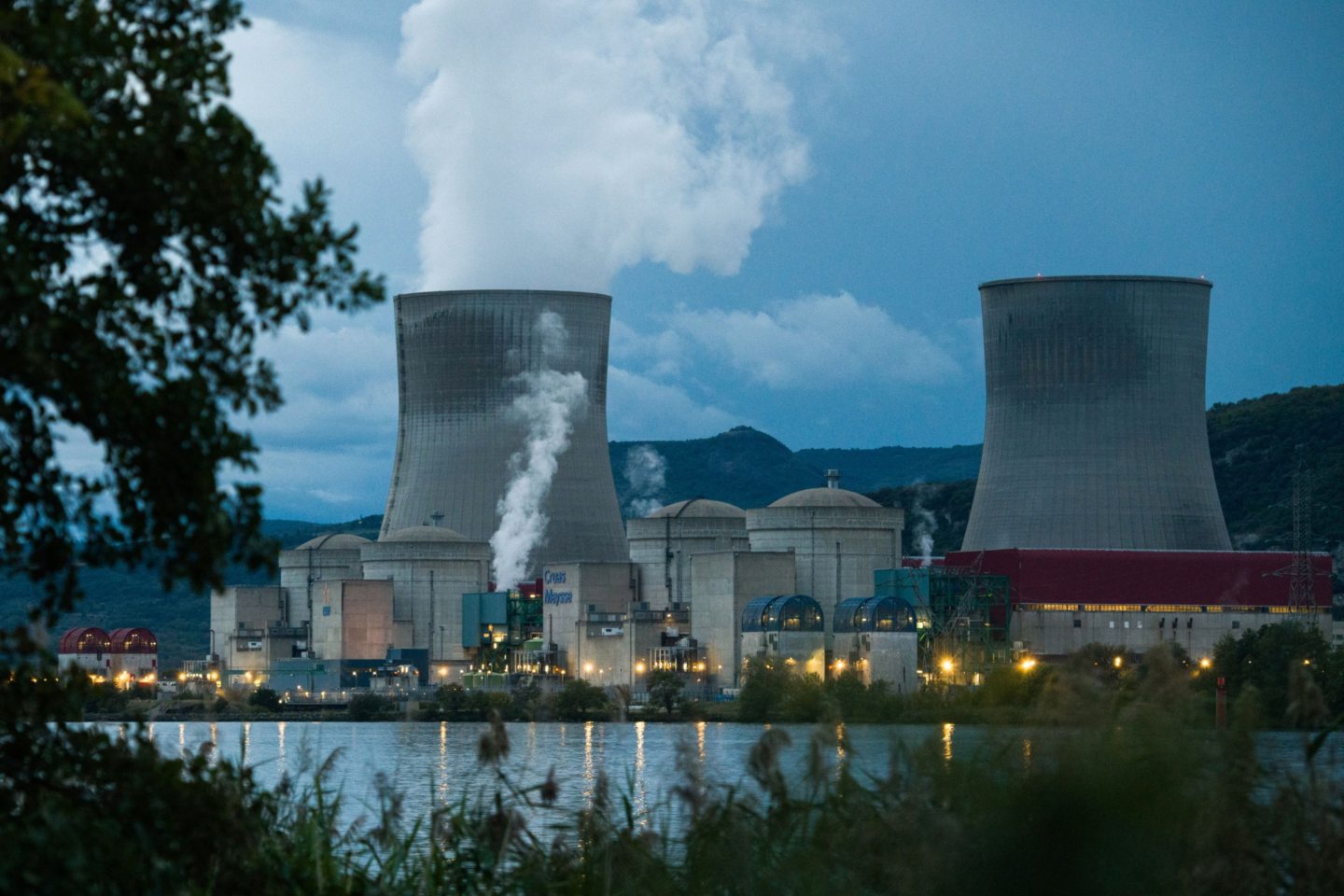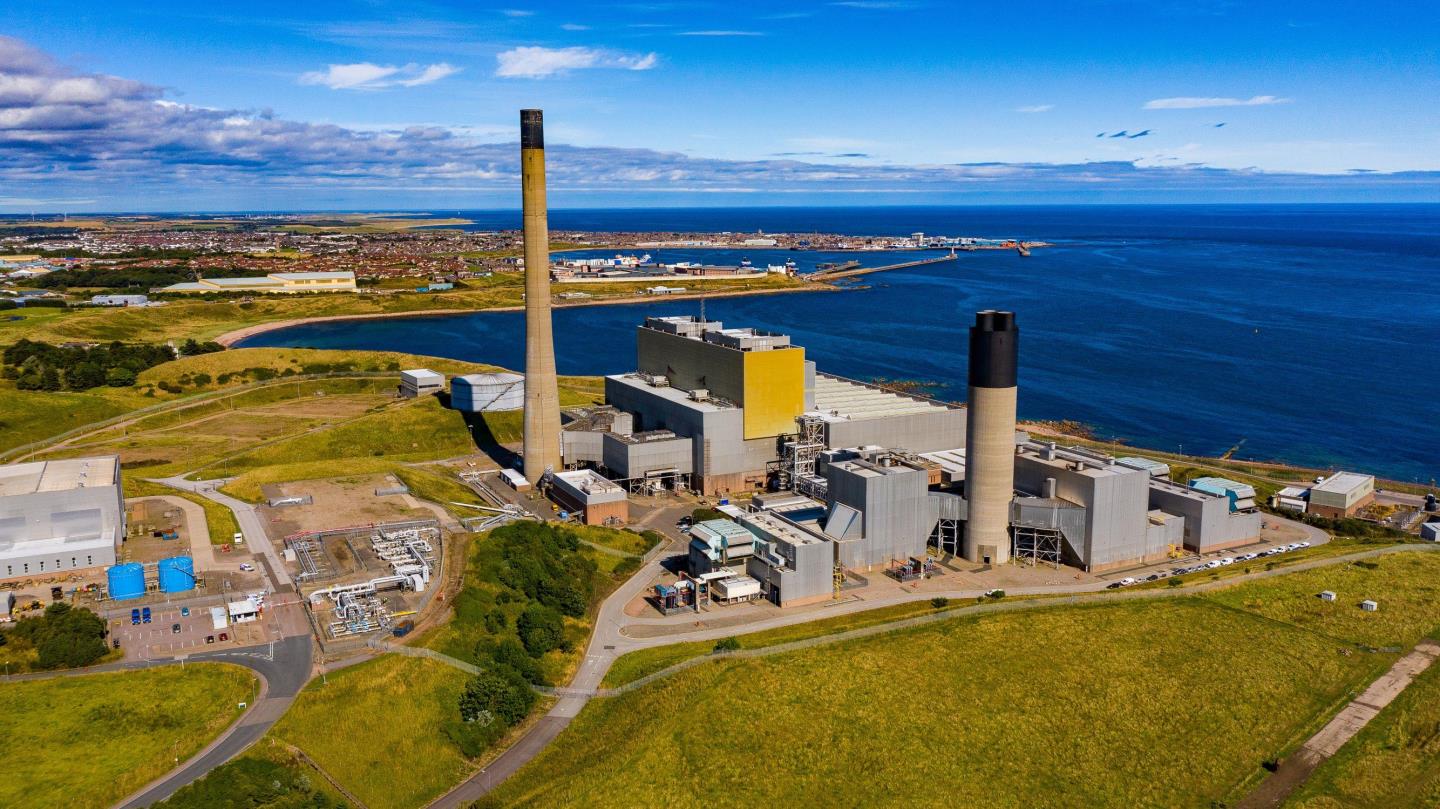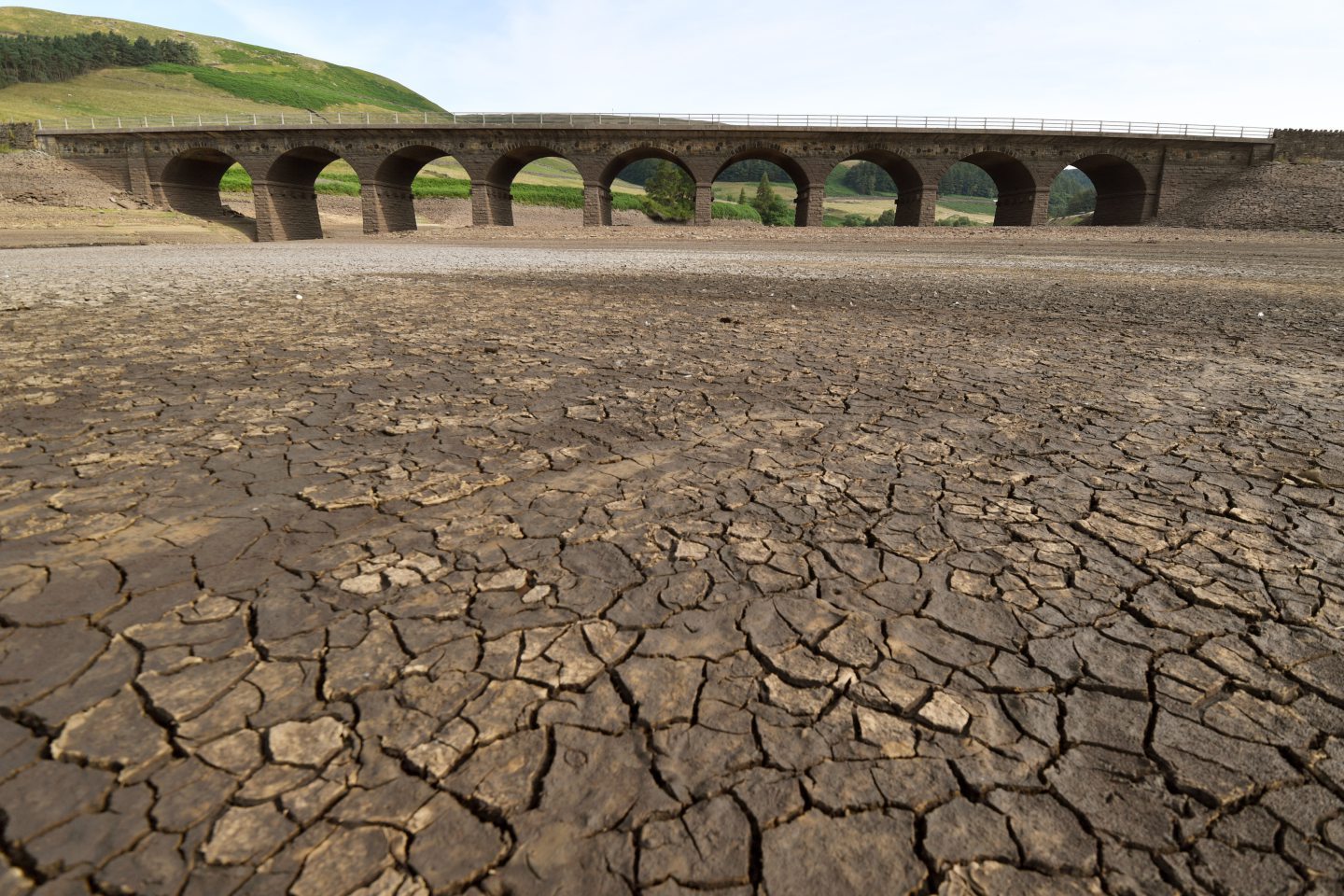
Changes in the Earth’s climate and weather patterns are already having a significant impact on many people’s ability to access water. Concerningly, with the Paris Agreement in danger and global net zero targets still some way off, it’s likely this problem will get worse before it gets better.
This should give cause for concern when you consider that water is critical to the production of virtually all energy.
Whether it be for use in raw material extraction for renewables components, steam generation for gas turbines, as a feedstock for green hydrogen, or as a cooling agent in nuclear power facilities and carbon capture and storage plants, H2O is integral.
Testing the waters
In the 2024 edition of our UK Energy Transition Outlook (ETO), released earlier this year, DNV forecasts that by 2040, as the transition progresses and the UK’s energy landscape evolves, electricity will account for about half of final demand.
By 2050, low carbon sources are predicted to account for 65% of primary energy, inevitably and irreversibly changing how we use water. This should be a major consideration for government and industry.
Take hydrogen – generally viewed as the carbon free molecule that will power the economy of the future.
It makes up roughly 90% of atoms in the universe but typically in combination with other elements in the form of either water or hydrocarbons.
It therefore needs to be separated out from water through electrolysis, or by reforming hydrocarbons with steam.
Ensuring this hydrogen is net zero requires the energy source for electrolysis to be green, or for the carbon dioxide by product from reforming natural gas to be removed from the atmosphere by injecting it into geological storage sites such as depleted hydrocarbon fields.
Primary and secondary water
Processes such as these depend on breaking down water molecules to release hydrogen – this is known as ‘primary water’.
Whether through the electrolysis of water molecules to yield hydrogen and oxygen (green hydrogen) or the breakdown of water molecules in the presence of hydrocarbons to generate hydrogen and carbon dioxide (blue hydrogen), primary water is expended.
Moreover, actual water requirements may surpass the theoretical values as a result of losses during water purification and inherent inefficiencies in industrial processes.
Conversely, secondary water is that which is used for cooling purposes, such as in gas fired power stations, before being returned to the environment, albeit at a potentially higher temperature and in a different place.
The use of water injection in gas turbines, or air inlet cooling, would also fall in the secondary water category.
Water will increasingly become a precious resource and it will make much of the energy transition possible. We need to ready for what this means in practice.
Primary water will be essential for the hydrogen industry; its use is tipped to increase five times over by 2050.
Secondary water meanwhile has uses across all forms of energy generation, from biomass cultivation to nuclear power plants.
Even though it is eventually released back into the environment the demand for secondary water dwarfs that for primary water.
Power generators and CCS plants physically cannot run without secondary water to cool operations.
In recent hot summers, some generators in Europe and the US have had to turn down electricity production because the cooling water extracted from rivers is too warm.
This is particularly a problem for rivers that have multiple power stations extracting water for cooling, as the water gets ever warmer as it travels downstream.
Scarce water resources to become scarcer
In a cruel twist of fate, increases in water demand for the energy transition will run in parallel with climate change-induced alterations to water supplies.
Such changes will, without doubt, bring about ramifications for water resource management, ecological balance, and freshwater habitats in the UK.
How severe the implications are, and what impact they could have on the viability of different energy sources, needs to be better understood as part of a low-carbon and balanced energy transition to net zero.
Recommended for you

 © Bloomberg
© Bloomberg © Supplied by Big Partnership
© Supplied by Big Partnership © Supplied by SSE Thermal
© Supplied by SSE Thermal © Bloomberg
© Bloomberg